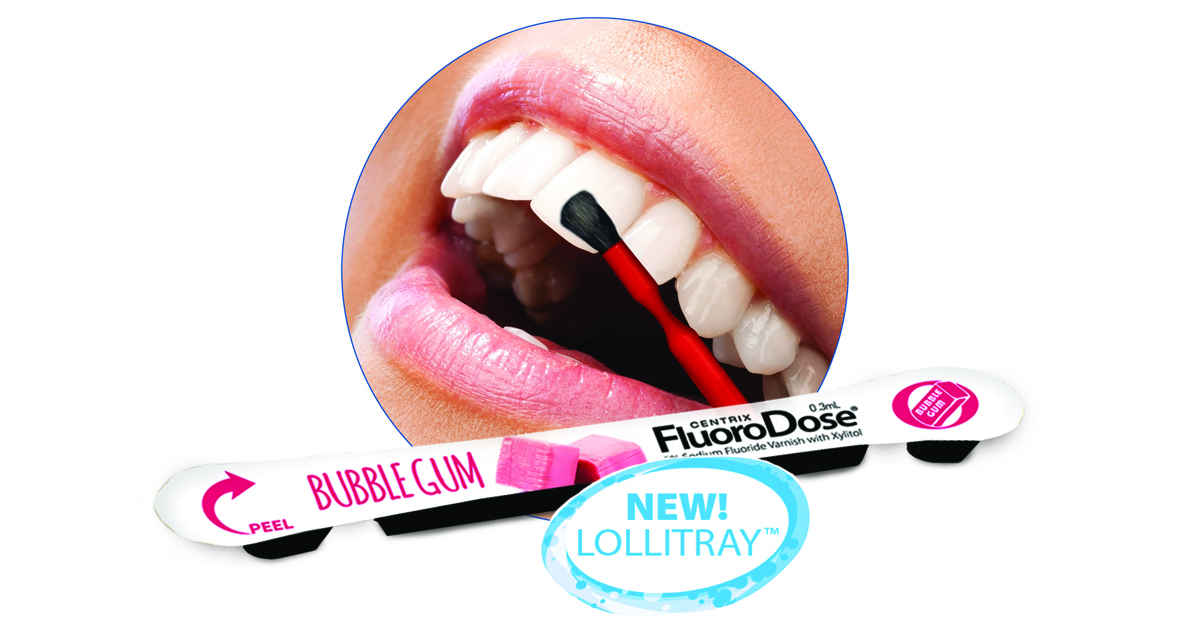Don’t Forget to Discuss Oral Hygiene Habits with Young Professionals!

Young adults who developed unhealthy oral self-care habits in high school and college are likely to keep them for life unless they make a conscious effort to focus on preventive efforts that will change the oral pH and reduce the level of S mutans and lactobacillus in the mouth. It is never too late to improve your oral hygiene, and patients in their 20s should ensure they are taking proper care of their teeth and gums if they want to keep a healthy smile for a lifetime. Many patients are not aware that caries is a bacterial infection caused by an imbalance of healthy bacteria. Since patients who present caries in the previous two years are at risk for developing another lesion, it is crucial to educate them about the development of caries and the lifestyle changes that will need to take place for them to change their oral pH and reduce the level of the unfavorable bacteria in the mouth.
Aimee Vail, RDH, MHA/ED discusses oral health care for young professionals:
Let’s Talk Bacteria!
The mouth contains a wide variety of oral bacteria, but a few specific species of bacteria are believed to cause dental caries: Lactobacillus acidophilus, Actinomyces viscosus (root surface caries), and Streptococcus. Young adults can still develop cavities, even after a cavity-free adolescence or childhood. As we age, changes occur in the mouth. For example, patients that take prescription medications and/ or have gingival recession with exposed roots are more susceptible to decay. Understanding the contributing factors, performing risk assessment on your patients, and having regular checkups will aid in preventing the carious process.
Preventing Bad Bacteria.
Caries is caused when demineralization of the hard tissues (enamel, dentin, cementum) occurs. If the demineralization is able to progress, it will lead to sensitivity, pain, infection and tooth loss. If the caries-causing bacteria is present, along with fermentable carbohydrates, over time the tooth surface can develop a cavity. Because the bacteria that develops on teeth is chronic and constantly occurring, they need to be removed regularly and a healthy pH maintained.
When reviewing oral hygiene instructions with patients, nutrition is a category that is too often overlooked or briefly discussed. Often the focus is on foods that are ‘bad for your teeth’, but we have the opportunity to transition the conversation to nutrients and food sources that can support or improve oral health.
In an effort to control a healthy pH level for your patients, you may want to discuss and recommend the following:
• High-dose home fluoride
• Anti-microbial rinses
• Xylitol therapy
• Fluoride varnish every three months (until the patient goes two years without decay)
To help your patients control the caries-causing bacteria, they should be reminded to:• Brush twice daily with a fluoride toothpaste
• Floss every day to clean in between teeth
• Reduce sugars and complex carbohydrates from the diet
• Limit snacking between meals
• Keep up with regular dental checkups
• Consider pit and fissure sealants if necessaryToday, caries remains one of the most common diseases throughout the world. Getting your younger adult patients to make good lifestyle choices and encouraging them to be good role model to their family members is vital to the success of a caries free mouth. As a dental hygienist, you are uniquely qualified to provide the conversation and the tools your young adult patients need to keep their mouth and their kids’ mouths caries free and help each generation to stay that way! Getting your patients through life caries-free is attainable. It just takes deliberate intervention at every stage of life. Smiles should last a lifetime!
We encourage all dental professionals to join our Prevention for Life® program to help combat caries at all stages of life! Check out our prevention-focused website to learn more!
1. ADA Center for Evidence-Based Dentistry (November 2013) Topical Fluoride for Caries Prevention. Retrieved from http://www.ada.org
Photo Credit: Image by javi_indy on Freepik

